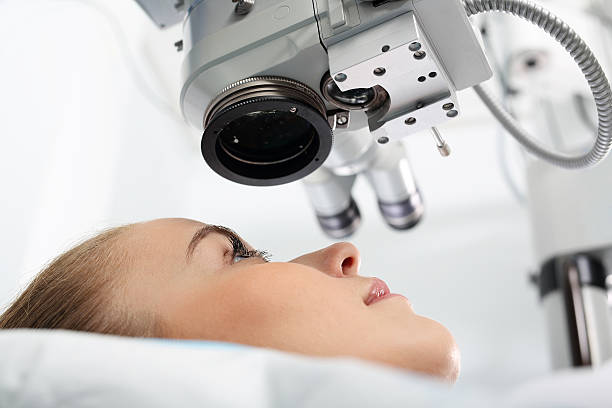Do you suffer from tooth decay? There is no shame in it.
All it takes is one instance of poor dental hygiene to end up in a dentist’s chair. However, dentist visits are never cheap, making it difficult to see the dentist every time you have a toothache.
Luckily, we live in a time of technology, and advancements in dentistry have made it affordable for everyone to have healthy teeth. There is a wide range of dental treatments available to patients these days.
If you need orthodontics care for yourself or your family, here is a guide on several common types of teeth problems, their causes, and the appropriate treatment for each.
Contents
Dental Examinations
Your doctor should inquire about your overall health and current medications when you visit for an examination. Your teeth conditions are impacted by a variety of medical issues, and vice versa. Before receiving treatments, you may need to examine how some medications will affect your mouth.
The mouth’s soft tissues, including the tongue, cheeks, lips, and palate, are also examined for indications of oral cancer and other potential disorders. Your jaw joints and the lymph nodes in your neck might also be examined by your tooth doctor.
X-rays could be required if a suspected issue is hard to see (such as probable decay between two teeth that are touching or an infection). Ask the dentist if you need certain dental procedures. If having a doubt, you may want to find a prosthodontist.
They are dentists who specialize in advanced techniques using cutting-edge methods to replace or correct dental flaws including cracked, missing, or crooked teeth. Dr. Feinberg of San Diego Dental Center has received advanced training as a prosthodontist, which is significantly more than is necessary for a conventional dentist. He is recognized as the best dentist at the facility.
If there is a problem, they will describe the available treatments and provide you with an idea of the cost and turnaround time.
Specialized Dental Cleaning
Professional teeth cleaning is performed to remove accumulated filth. Additionally, there might be food particles, soft plaque, and hard calculus. Gum disease is primarily brought on by plaque and calculus.
Your teeth will then be cleaned and polished by the dentist using a rotating brush and polishing paste. Professional cleaning helps treat and prevent gum disease. Your dentist can advise you on how to maintain good oral hygiene in between appointments to keep your teeth and gums healthy.
Dental Fissure Sealants
Sealants prevent tooth decay. Although fissure sealants can be placed on any tooth with deep grooves or fissures, they are frequently used on the back teeth rather than the front molars and premolars.
After the tooth has been cleaned, a sealant is applied to the biting surface, where it solidifies into a sturdy plastic substance. It establishes a barrier that prevents food particles and other microorganisms from settling in the tooth grooves and causing decay.
Children are frequently advised to have fissure sealants because they lower the chance of decay in adult teeth.
Tooth Extractions
Dentists place a high priority on natural teeth. However, extracting them might be necessary if they are seriously damaged or decomposing. Dentists may also advise removing problematic wisdom teeth.
If wisdom teeth are below the gum line (impacted), where they grow at an angle and butt against the tooth next to them or the gum, they can cause a variety of dental issues.
It can only be extracted under local anesthesia (only the area around the tooth is numbed and the person is conscious).
However, if the patient is either partially or completely asleep during more difficult procedures, sedation or general anesthesia may also be given.
Fillings
One type of dental treatment is fillings. These are used to treat cavities or tooth decay.
They are also used to restore the shape of a tooth that has been damaged. There are different types of fillings, such as amalgam, composite, and porcelain fillings.
Orthodontics
One type of dental treatment is orthodontics. The area of dentistry known as orthodontics deals with the prevention and treatment of crooked teeth and jaws.
This treatment can be used to correct an overbite, an underbite, crooked teeth, and gaps between teeth. Orthodontic treatment is usually done with braces, but there are other orthodontic devices that can be used as well.
Dental Implants
Dental implants are used to replace missing teeth, and they can be used to support a dental prosthesis such as a denture or bridge.
They are made of titanium, and they are surgically placed into the jawbone. Over time, the implant fuses with the bone, and this creates a strong foundation for the new tooth.
Invisible Aligners
One of the newer types of dental treatments is invisible aligners, which have become quite popular in recent years. Clear plastic trays that are created specifically to fit over your teeth are known as invisible aligners.
Over time, they gradually move your teeth into the ideal position and are far less obvious than metal braces. However, they are also more expensive than traditional braces, and they must be worn for at least 22 hours per day in order to be effective.
Dental Treatments: For a Flawless Smile
There are many different types of dental treatments that are prescribed today. Some of these treatments are for cosmetic purposes, while others are for more serious dental problems.
Although visiting the dentist might be unsettling, the greatest dentists will make every effort to put you at ease. Continue reading to learn more about the typical processes and discover what to anticipate.
To discover more about health and wellness and how it may improve your daily life, keep checking back to read our other blogs.



